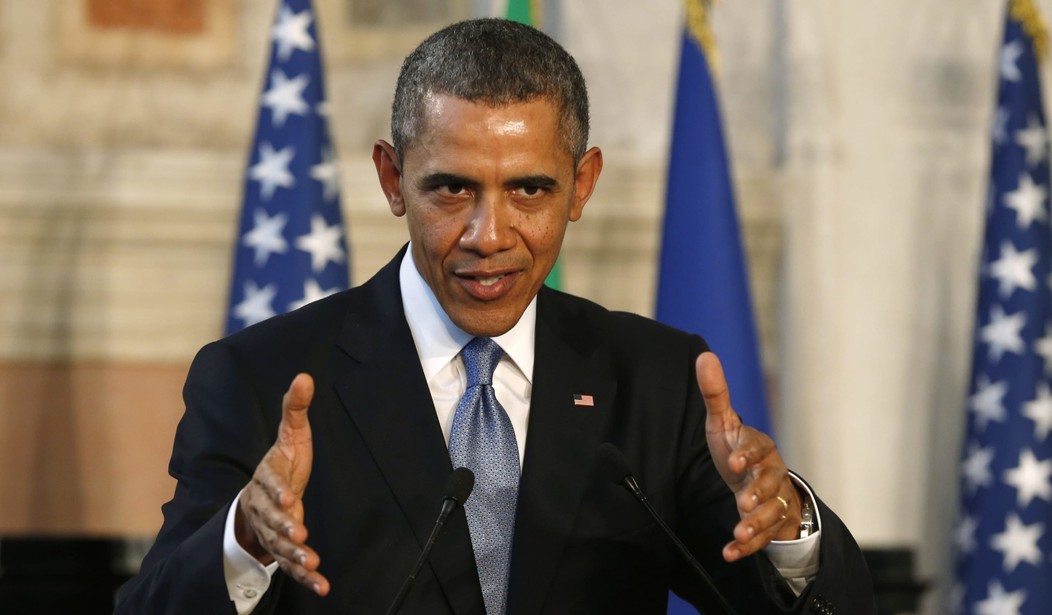Two of three economic models to predict the 2016 election favor a Republican victory, but a third one is tilting toward the Democrats. The last model favors Hillary Clinton, the likely nominee of her party, due to President Obama’s improving approval rating, rather than Donald Trump’s unpopularity.
The Donald is only one of many factors making this November’s election very unpredictable, even for economists who look at underlying fundamentals, rather than shifting events.
“As economists this is a very unusual election and there’s a lot more uncertainty introduced this time around that could upset the balance and the historical relationship of how marginal voters vote,” Dan White, an economist with Moody’s Analytics who oversees his firm’s election model, told The Hill.
The Moody’s model, which has accurately predicted every presidential election since 1980, relies on state-by-state economic data, presidential approval numbers, and a variable penalizing Democrat incumbents. This weakness follows from the theory that Democrats and Democrat-leaning independent voters are more likely to defect and vote Republican than vice versa, balancing out the higher numbers from the previous election.
The economic data is not favorable for the Democratic Party. Moody’s examines income growth by state in the two years before an election, including job and wage growth, hours worked, and the quality of the jobs being created. It even factors in home and gasoline prices on a state level. While gas prices have declined in recent years, and the reported unemployment rate has decreased, the economy remains sluggish in many ways.
Nevertheless, the model predicts a Democrat victory, 332 electoral votes over a Republican’s 206. White explained that the main driver for this change was the president’s approval rating, added to the model this year. Obama’s approval has risen 3 percentage points since the first model was released in August.
“The gains lately could be construed as a reflection of what a mess the primary process has become in recent weeks,” White said. Trump’s approval rating has not remarkably decreased in recent weeks, but the primary has become increasingly bloody, with a Super PAC exposing Melania Trump, Trump training his sights upon Cruz’s wife, the National Enquirer sex scandal allegations, and John Kasich disavowing a particularly ugly Super PAC ad against Cruz.
While the New York Times columnist David Brooks wrote, “I Miss Obama,” he overlooked the divisive nature of Obama’s own campaign.
Obama’s increasing approval rating may not be enough to offset the economic struggles of the people, however. The two other models still favor a Republican victory this November.
Next Page: The Republican Is Still Likely To Win, Here’s Why
Ray Fair, a Yale professor who launched his model in 1978, has only failed to predict the winner of a presidential election once, in 2012 with the defeat of Mitt Romney. Even then, he only predicted a narrow loss for Obama, whose win proved much narrower than his previous victory in 2008.
Fair’s model relies on only three pieces of information: the per capita growth rate of gross domestic product in the three quarters before an election, inflation over the entire presidential term, and the number of quarters during the term when growth per capita exceeds 3.2 percent.
Fair’s model does not show enough growth under President Obama to predict a Democratic victory in November. In his forecast from January, the model predicted a mere 45.66 percent share of the vote, less than the 49 percent predicted for 2012.
Alan Abramowitz, a professor at Emory University, crafted a model which predicted every outcome since 1992. He agrees with Fair in forecasting a Republican victory.
Abramowitz’s model focuses on the first half of the election year, taking into account the incumbent president’s job approval through the month of June and the economic growth during the first two quarters, especially the period between April and June. Finally, it considers how long the incumbent party has occupied the White House.
This model predicts that Clinton (or the long-shot candidate Bernie Sanders) will gain 48.7 percent of the vote (with Obama’s approval rating at 50 percent). The president’s rating has increased by two percentage points since that prediction, however, making the election that much closer.
Most media outlets may focus on Trump’s latest scandalous comments, Bernie Sanders’ youth turnout, the likelihood of an indictment for Hillary Clinton, or Cruz’s allegedly slimy dealings. But if these economic models remain accurate, the fundamentals are in a Republican’s favor. Here’s more on why the demographics might also favor the GOP.








Join the conversation as a VIP Member